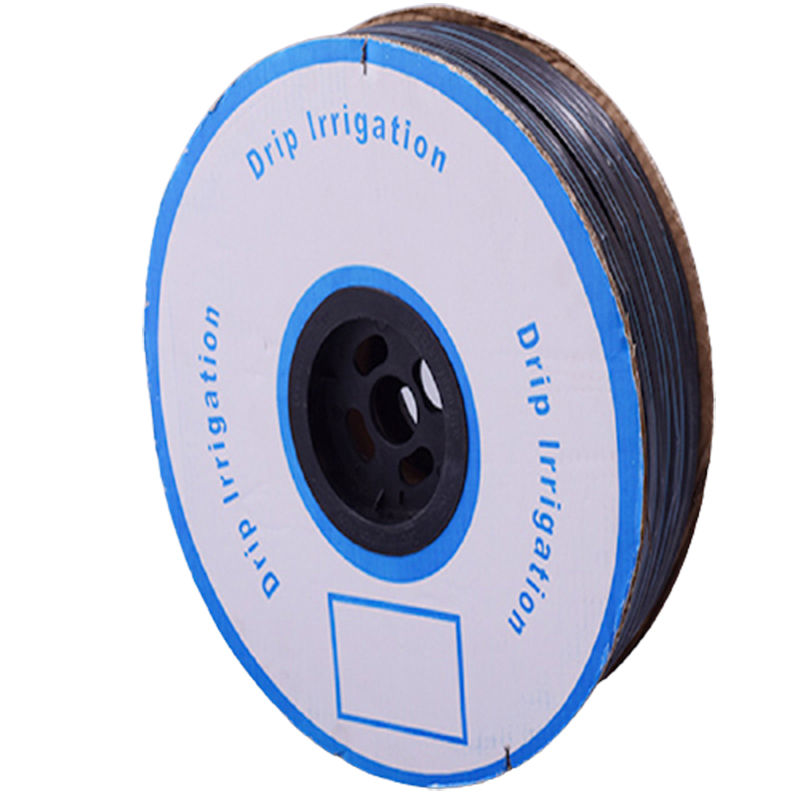What measures can be taken to optimize the performance of flat dripper drip tape in different soil types?
Optimizing the performance of flat dripper drip tape in different soil types requires careful consideration of several factors.
Here are some measures that can be taken:
- Soil Preparation: Ensure that the soil is adequately prepared before installing flat dripper drip tape. This may include loosening compacted soil, removing debris, and leveling the surface to promote uniform water distribution.
- Soil Moisture Monitoring: Monitor soil moisture levels regularly to determine irrigation scheduling and duration. Adjust irrigation frequency and duration based on soil type, weather conditions, and plant requirements to prevent over- or under-watering.
- Water Infiltration Rate: Determine the water infiltration rate of the soil to adjust irrigation practices accordingly. In soils with high infiltration rates, consider shorter irrigation durations to prevent water wastage and runoff. In soils with low infiltration rates, apply water slowly to avoid ponding and waterlogging.
- Mulching: Use mulch to cover the soil surface around plants to help conserve moisture, regulate soil temperature, and reduce evaporation. Mulching can also improve soil structure and infiltration rates, leading to more efficient water distribution from flat dripper drip tape.
- Subsurface Drip Irrigation: Consider using subsurface drip irrigation systems in soils prone to surface evaporation, compaction, or erosion. Subsurface drip systems deliver water directly to the root zone, minimizing water loss due to evaporation and surface runoff.
- Soil Amendments: Incorporate organic matter, such as compost or manure, into the soil to improve its structure, water retention capacity, and nutrient availability. Amending the soil can enhance the performance of flat dripper drip tape by promoting better water distribution and root development.
- Root Zone Management: Adjust the placement of flat dripper drip tape to ensure water is delivered directly to the root zone of plants. Install drip tape at appropriate depths and spacing to match the root distribution of the crop being grown.
- Irrigation Scheduling: Develop an irrigation schedule based on the specific water needs of the plants and the soil moisture characteristics. Consider factors such as plant growth stage, weather conditions, and soil type when determining the frequency and duration of irrigation events.
- Leaching: Periodically leach excess salts from the root zone by applying additional water through flat dripper drip tape. Leaching helps prevent salt buildup in the soil, which can adversely affect plant growth and performance.
- Regular Maintenance: Inspect flat dripper drip tape regularly for leaks, clogs, or other issues that may affect performance. Clean filters and emitters as needed and repair or replace damaged components to ensure consistent water delivery.
By implementing these measures, growers can optimize the performance of flat dripper drip tape in different soil types, maximizing water use efficiency and promoting healthy plant growth.
